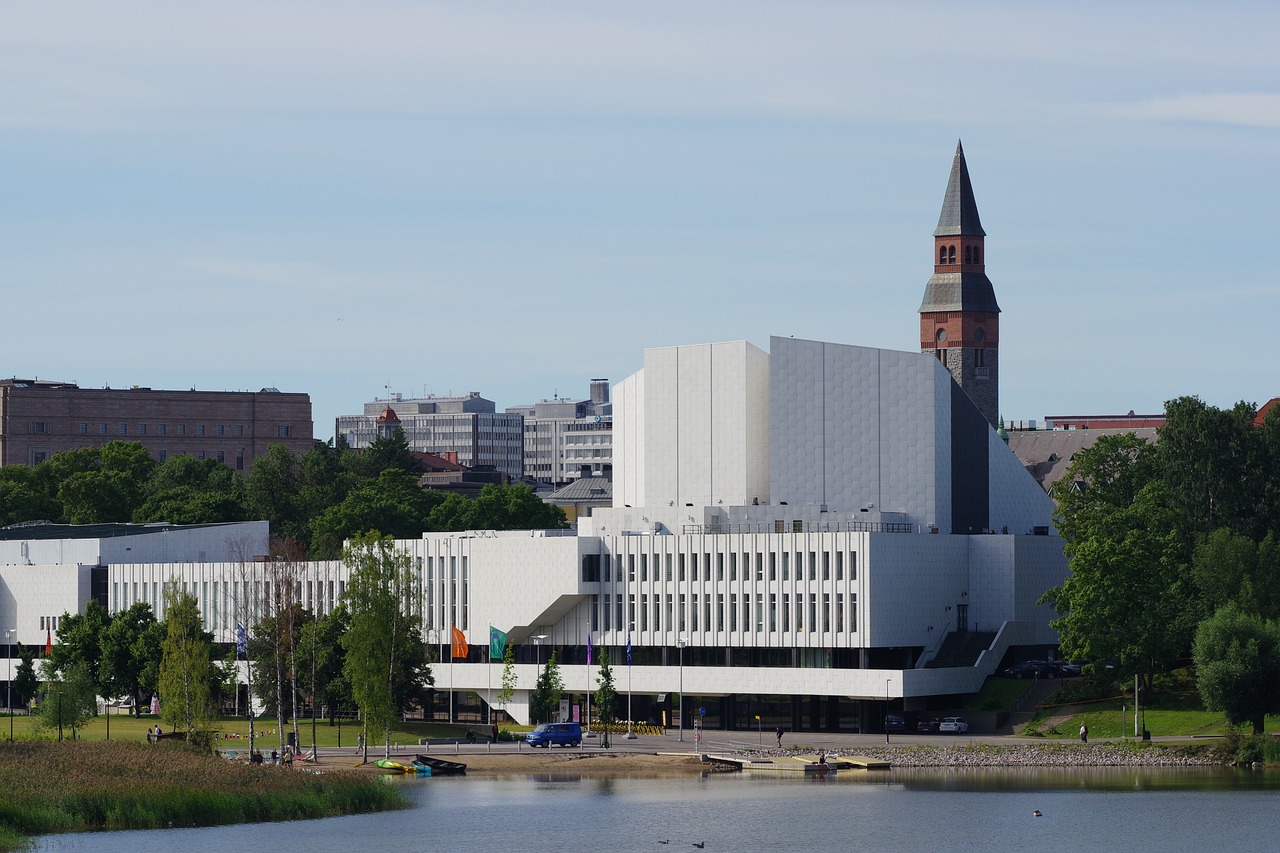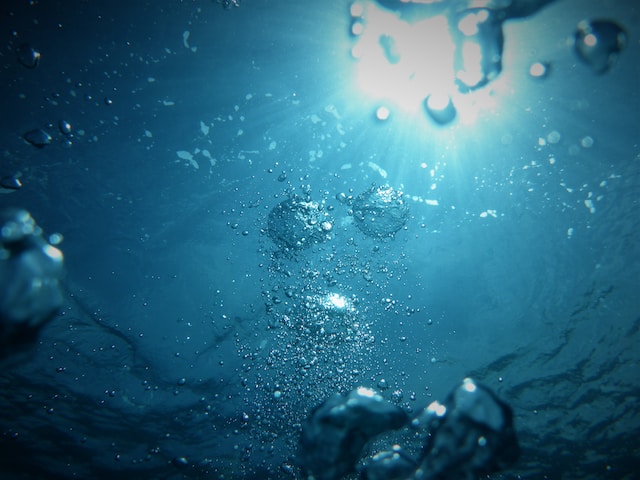The water regime of North America is diverse and depends on climatic conditions and geographical location of different regions. In general, several main types of water regime can be distinguished on the mainland.
The continental water regime is characteristic of the northern and northeastern regions of North America, including Canada and Alaska. In these regions, winters are long and cold, and summers are warm but short. Most precipitation falls as snow in winter, which melts in spring and early summer. Water resources in these regions depend on melting snow and glaciers.
Monsoon conditions are common in the southern regions of the United States and Mexico, where summers are rainy and winters are relatively dry. In these regions, the main sources of water are rivers and lakes fed by the rains that fall in the summer.
A coastal regime is characteristic of the west coast of North America, where ocean currents and winds bring cloudiness and precipitation throughout the year. This region has many rivers that flow along mountain ranges and are fed by snow as well as rainfall during the cold season.
Tropical water regimes are characteristic of the Caribbean islands and central and southern North America, where it is warm and humid all year round. In these regions, the main sources of water are rivers, lakes, and marshes, which are fed by abundant rainfall throughout the year.
In addition, North America’s water regime is influenced by human activities, such as the use of water for agriculture, industry, and urban consumption, the construction of dams and irrigation systems, and changing natural conditions, such as the degradation of



